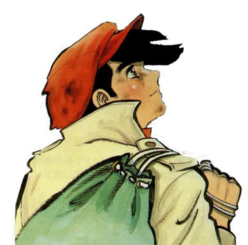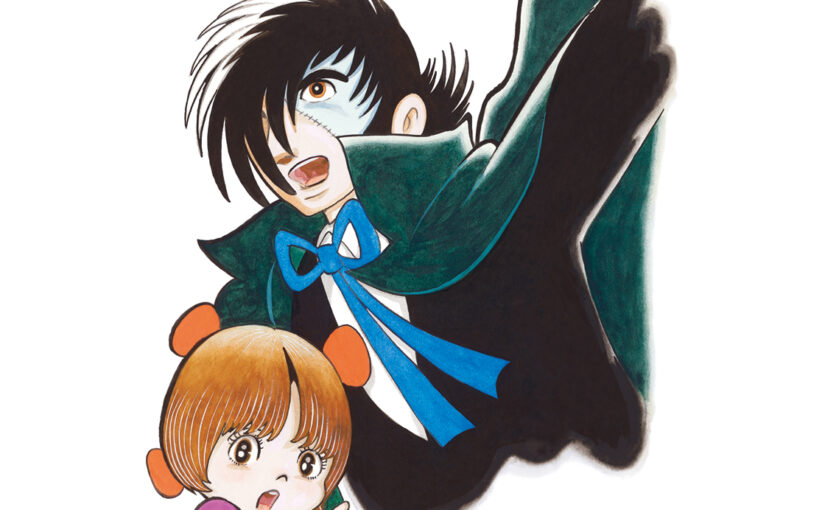Hopefully on a roll now to continue this series about early manga. In these posts I share my favorite discoveries from my chronological travels through manga history. 1973 brings us a decent harvest. A few titles have since claimed their place in manga history. Some are still waiting to be discovered outside of Japan. Again, for context, I’m adding some long-running titles already publishing during this time. So here’s the best manga of 1973!
The best manga of 1973
POPULAR MANGA PUBLISHING IN 1973:
- Cyborg 009 (1964-1979)
- Ashita no Joe (1968-1973)
- Doraemon (1969-1996)
- Lone Wolf and Cub (1970-1976)
- Sasori (1970-1975)
- Sangokushi (1971-1986)
- Samurai Executioner (1972-1976)
BEST MANGA DEBUTING IN 1973:
HADASHI NO GEN – KEIJI NAKAZAWA, May 1973 – Sep 1974
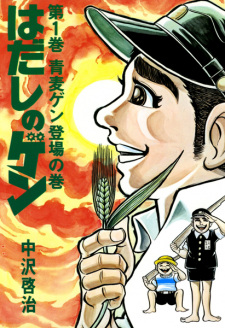
It was a close call, but for once, I will top the list not with Tezuka. Instead I want to highlight Hadashi no Gen or Barefoot Gen, a striking historical manga. It retells the experiences of the author Keiji Nakazawa and other survivors of the Hiroshima atomic bombing. Initally the author was hesitant to publish an autobiographical work, because of the mistreatment of the survivors and worries people would think he was trying to profit of his experiences. His own increasingly pacifist views (and editor pressure) and his feelings about the unusual effects of cremation on his mothers bones, due to radioactivity, pushed him to begin the story.
There is a peculiar anticipation that comes with reading or re-reading a story and knowing exactly what disaster will befall the characters. For instance, I would have loved to experience Game of Thrones’ several shocking subversive moments without having read the books before, but the knowing will keep you sweating for the entire build up.
The first chapters, the disaster itself and immediate aftermath will be among the most gripping and disturbing things you will ever read in sequential art. Unfortunately this also means that anything that comes after will inevitably feel anti-climactic. In fact most volumes deal with Gen and his mother’s attempt to survive and rehabilitate themselves into society, despite discrimation, harassment and sickness. If you can see these two parts as separate entities with their own merits, I advise to stick with it.
Hadashi no Gen is not very subtle. It shows its age both in the art and the crudeness of the character’s interactions. Death and horror are depicted quite casually and people mistreat each other on every page . Characters experience the harshest circumstances, the hero (and many others) persist while some give up. The author chose all of these themes consciously, but they are also everpresent in Japanese culture and fiction, especially in the decades after WWII.
Some of you might find it hard to show the same level of persistence for reading this manga. I would urge you to try, you owe it to yourself to read at least a couple volumes of Barefoot Gen, if only to remind yourself of what humanity is capable of, in terms of cruelty and destruction but also in terms of resilience.
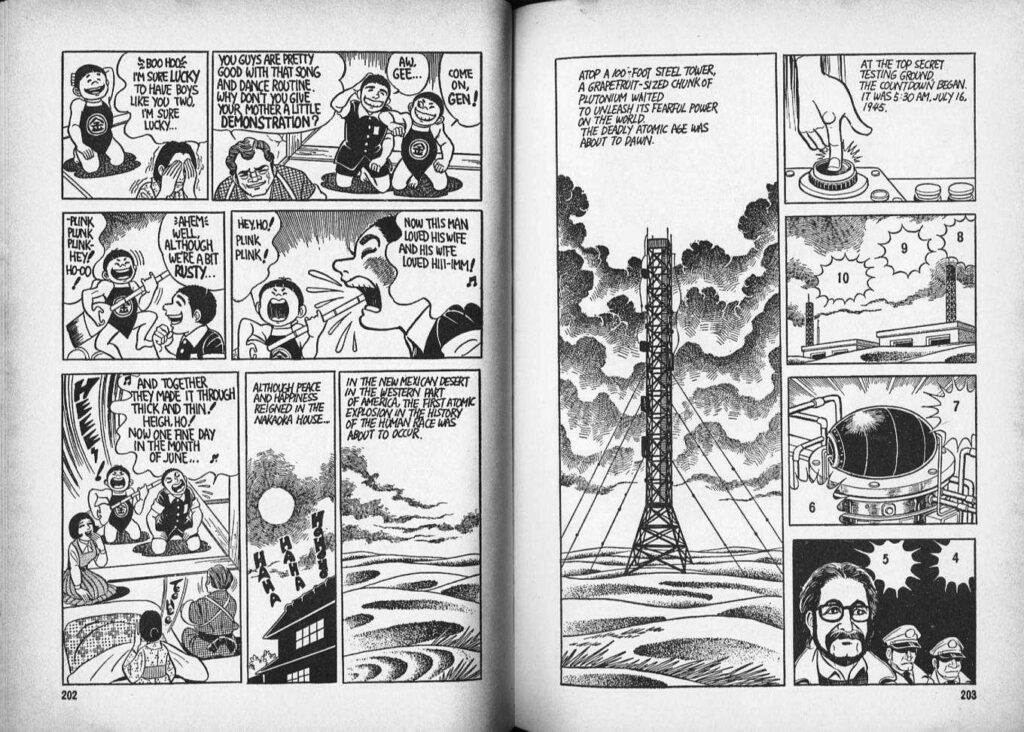
BLACK JACK – OSAMU TEZUKA, Nov 1973 – Oct 1983
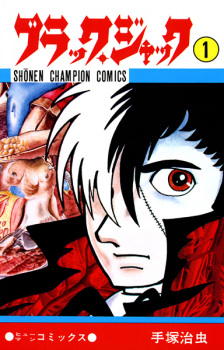
Tezuka was in a bit of a career slump at this time, losing popularity to younger artists and facing financial adversity. Black Jack turned out to be one of Tezuka’s most popular works, spanning 25 volumes during it’s original run from 1973 to 1983. The series showcases Tezuka’s undying creativity, with hundreds of short, self-contained stories. It’s no surprise that Black Jack has been adapted to several tv series and films, both anime and live action.
The manga deals with the medical adventures of doctor House, I mean doctor Black Jack and his assistant/adopted daughter Pinoko, one of the OG cute comic relief characters. Black Jack acts as a kind of medical Robin Hood, operating without a surgical license, free from the rules and corruption of the establishment. He cultivates a stern and greedy image, asking exorbitant prices of all his patients, but ends up treating poor people in need for free anyway and spends his money on charitable causes.
It’s a not so little known fact that Tezuka himself was a licensed physician. Some call Black Jack his alter ego, the kind of doctor he wishes he could have been. Black Jack is perhaps a bit too much of an omnipotent anti-hero to modern tastes, but he is still a flawed, complex character, capable of both kindness and cruelty and deserves a spot among the most iconic manga characters.
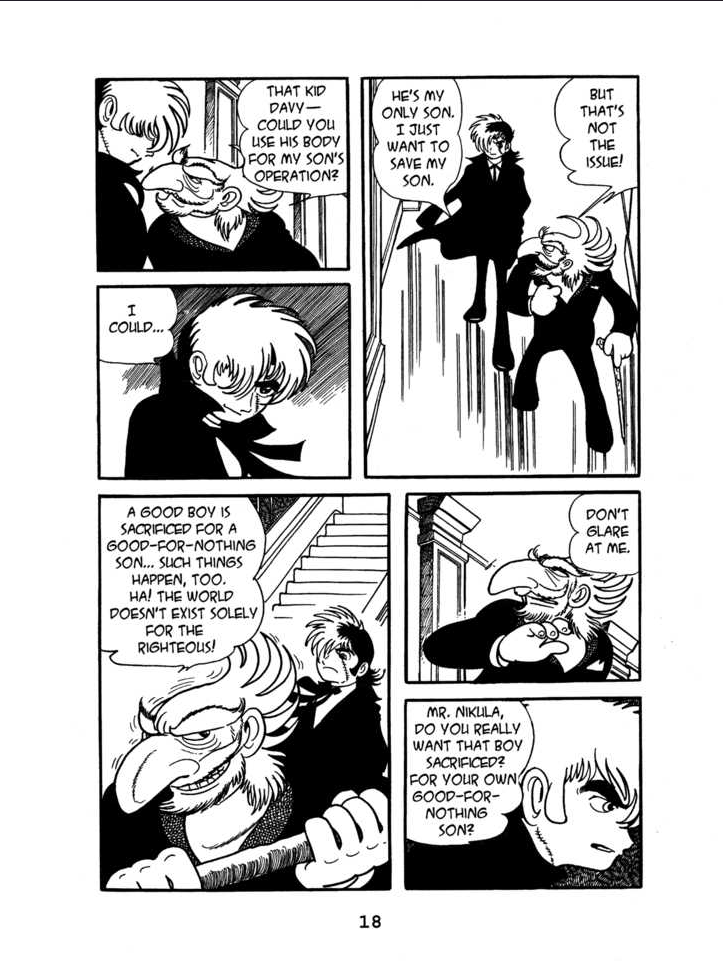
TSURIKICHI SANPEI – TAKAO YAGUCHI, 1973-1983
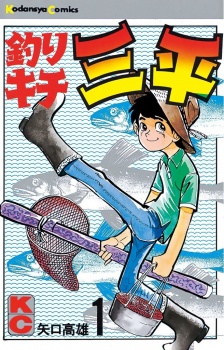
A fishing manga? Sure why not. This was a more recent find, and one that I am extremely excited about as it seems to be a missing link in many ways. Only one translated volume as far as I can tell, but it is a piece of manga history waiting to be discovered.
While fishing may or may not interest you, we can immediately appreciate the art. The character designs are striking, with a style similar to counterparts such as Tetsuya Chiba. Each new character looks unique, the main characters have a wide range of facial expressions and expressive body language. Some of the child characters, mainly Sanpei, have a kind of Snufkin-vibe goin on. The rubbery, stretchy limbs might remind you of One Piece.
The backgrounds in the first chapters are some of the most detailed and beautiful I’ve seen so far, making nature seem like a character in its own right. It seems the chapters are not in original order though as the art style seems to progress incredibly from chapter to chapter.
While some readers may be used to niche manga, some niches such as cooking have transformed into a whole genre of their own. The many explanatory pages seem like a new thing in this era. While probably not the first to do this, one can assume Tsurikichi Sanpei is one of the pioneering works of the 70s in this vein. To reduce it to a niche work seems a gross underestimation though. The quality here is outstanding.
Don’t be fooled by the One Piece reference either. While most chapters (or collections of chapters, some about 200+ pages) deal with more typical adventures, rivalries, competitions, catching rare fish,… in other chapters I was suddenly in the mystical realm of Mushishi or Yokohama Kaidashi Kikou. Equal parts slice of life and shounen. Perfect antidote to Hadashi no Gen.
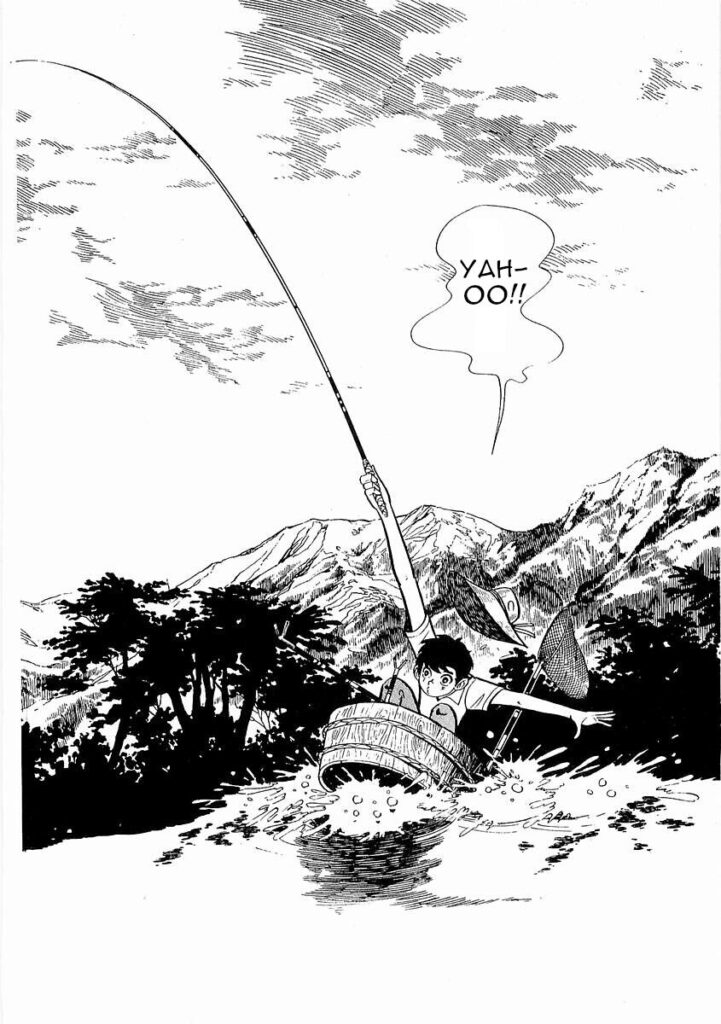
Ace wo Nerae – Sumika Yamamoto, 1973-1980
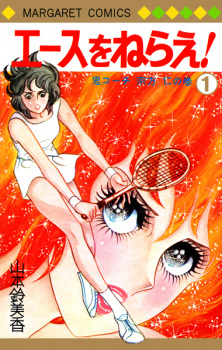
High school is a time where every social interaction and every emotion feels like the biggest thing in the world. Nothing is more important than being accepted by your peers. And the biggest nightmare is standing out from the crowd in a negative way and facing judgment or ridicule. The shoujo genre relays the emotional part of the teenage experience so well. And few have done it as effectively as Sumika Yamamoto in Ace wo Nerae or Aim for the Ace.
Clumsy Hiromi gets chosen for the tennis team by her strict coach to the astonishment of the other players and her own. She faces harsh training conditions and risks being ostracized by her team and class mates. Of course she grows as a tennis player and as a person, honing her skills and confidence.
The shoujo style as we know it, is still in early development at this point in time. Most of Ace wo Nerae’s pages aren’t that different from any other manga although the designs scream shoujo. Yamamoto is also not the most prolific artist of the bunch.
But at the plot’s emotional centers of gravity, the inner turmoil of the characters in tangible through the distinct lay outs of the page. The moments of lightning shock, the piercing empty eyes of judging onlookers,… The characters that begin like tropes but grow as the story progresses… There’s barely any worked out backgrounds, all that matters is the characters, their inner world and interactions. And then there’s the rivalries and jealousies, battles of willpower and stamina, matches full of twists and suspense, the love for the sport. It’s a classic shoujo and sports manga.
Sadly, I found only about 40 chapters in English…
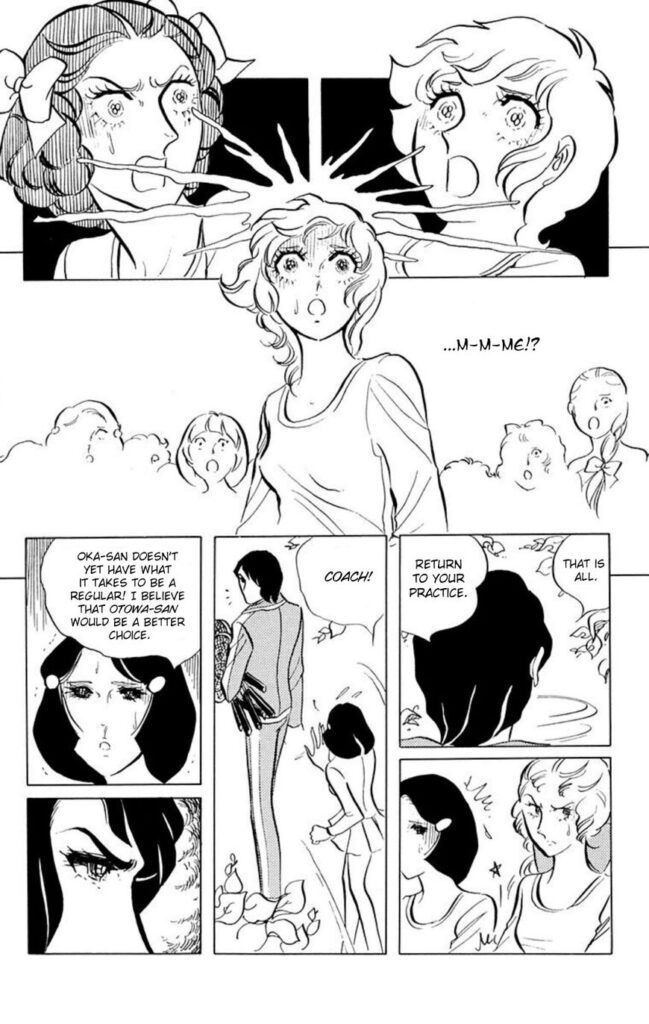
BARBARA – OSAMU TEZUKA, Jun 1973 – May 1974
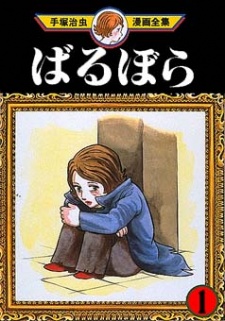
Contrasting with Black Jack or Ayako, history might not remember Barbara, and neither would I, if I hadn’t kept a reading log and rating. That’s my brain’s fault though, not the manga’s. In fact I rated this quite highly. In Barbara, Tezuka was perhaps trying to match the cynical atmosphere of the time and appeal to the seinen demographic a bit too much, attempting to make the story more mature with graphic nudity, sex and violence. Perversion, bestiality, abuse, addiction,… no punches were pulled here, He manages to get the plot together though, and impresses with an impactful and poetic conclusion. That’s all I can offer you right now. Trust the log.
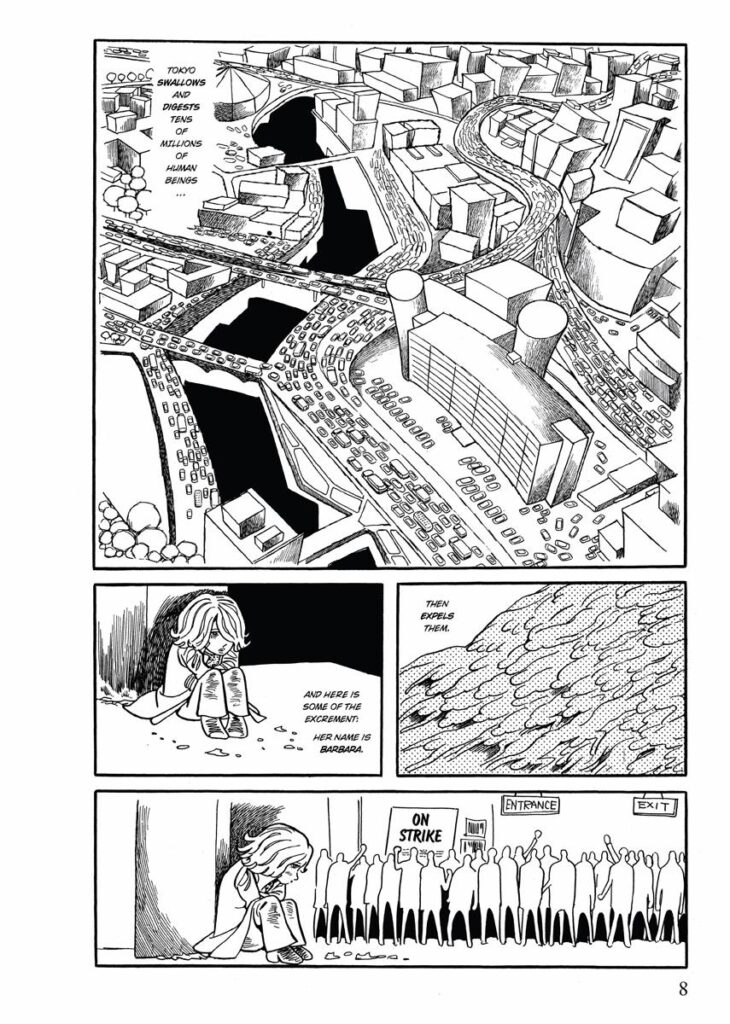
Honorable Mentions
ORE WA TEPPEI – TETSUYA CHIBA, 1973-1980
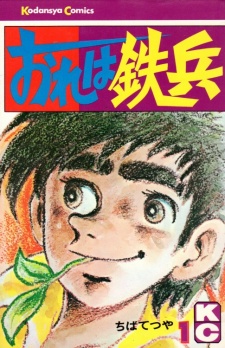
I badly wanted to add this to the main list. As you can guess by the title of this website, my respect and admiration for Tetsuya Chiba knows no bounds. Unfortunately I never managed to find and read more than 4 chapters of this promising shounen. My only arguments for recommending it to you: the 4 chapters were very good, and its publication run of 39 volumes of 7 years tells me Ore wa Teppei was not just riding on the Ashita no Joe wave. Looks like a fun shounen about an eccentric kid with a talent for sports.
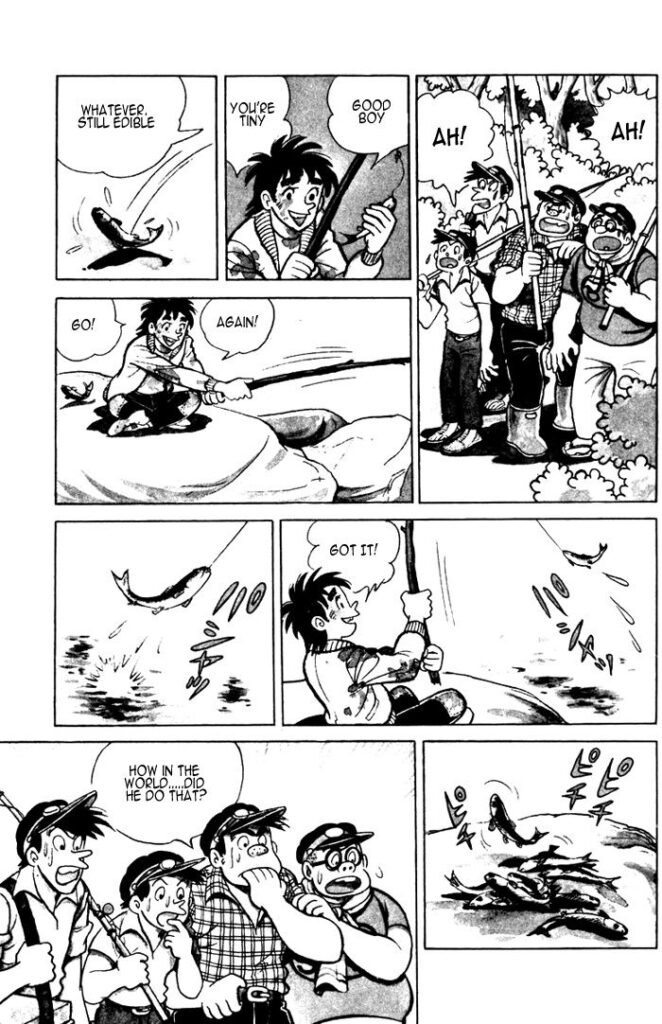
VIOLENCE JACK (1973-1990) / CUTIE HONEY (1973-1974) – GO NAGAI
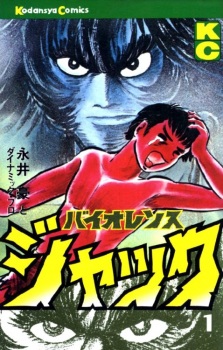
Here’s one mangaka I am not an admirer of. I don’t find his characters, themes or art style appealing at all. I have to admit here is an addictive page-turning squality to his work and it has definitely been influential. Whether that influence was of the good kind… That’s a whole different question. I would argue that Go Nagai is the godfather of all that went wrong with anime and manga. I could argue he is the main reason you should probably not admit you like anime on a first date. A pioneer of the ecchi and the gore genre.
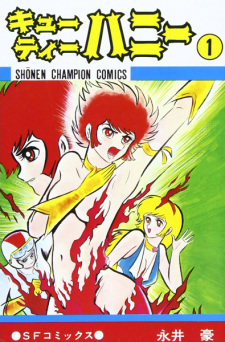
If sexploitation is your thing, look no further. But I think even in the genre you could do better. At least there is no pretention here. What you see is what you get. Violence, gore and nudity, without trying to masquerade it as “mature”. Enjoy.
That concludes my picks for best manga of 1973. Do I have awful taste? Think I didn’t make enough effort? Share it in the comments or write your own damn blog. Or did I unforgivably overlook your favourite manga? In that case I might actually be interested. Please share your thoughts!
Next post:
The best manga of 1974
Previous post:
The best manga of 1972
